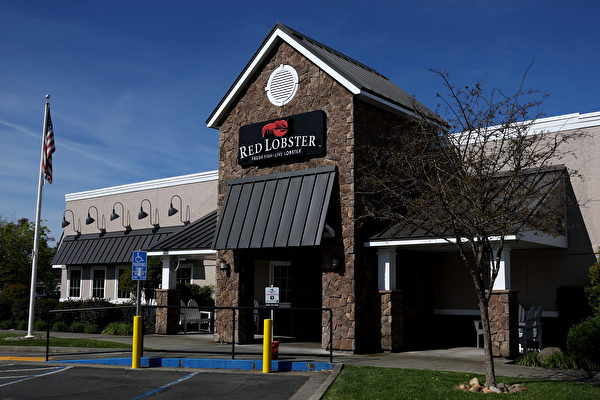According to data from the American Bankruptcy Institute (ABI), the number of bankruptcy filings by commercial entities has increased by more than one-third this year due to the high cost and high interest rate business environment.
In a press release on July 3, the American Bankruptcy Institute stated that from January to June this year, a total of 3,016 commercial bankruptcy petitions were filed under Chapter 11 of the U.S. Bankruptcy Code, representing a 34% increase from the previous year. Small business bankruptcy filings saw a 61% increase, with an overall increase of 15% in bankruptcy filings, including personal bankruptcies.
Executive Director of ABI, Amy Quackenboss, mentioned that the continuous rise in bankruptcy filings reflects the mounting economic pressures faced by both businesses and households.
Michael Hunter, Vice President of bankruptcy data provider Epiq AACER, anticipated a further increase in personal bankruptcy filings in the future, especially considering the significant rise in commercial bankruptcy petitions, consumer debt levels, high interest rates, and overall cost of living increase while household incomes remain relatively stable.
In an environment of high inflation and interest rates, businesses are bearing the brunt. The inflation rate has hovered above 3% since June last year, despite some analysts suggesting the actual rate could be much higher. Meanwhile, the Federal Reserve has maintained interest rates between 5.25% to 5.5% since July last year, creating cost pressures for businesses.
Despite facing such challenges, many executives remain optimistic about the future. A recent survey by professional services network Grant Thornton found that 58% of Chief Financial Officers (CFOs) hold a positive outlook on the U.S. economy, the highest level in nearly three years.
Three-quarters of CFOs expect an increase in net profits in the next 12 months, with 69% forecasting a rise in revenues.
The U.S. Chamber of Commerce’s Small Business Index for the second quarter shows that nearly three-quarters of respondents anticipate increased revenues next year. More than half of respondents cited inflation as their biggest challenge.
As of May this year, 275 companies in the U.S. have filed for bankruptcy, slightly lower than the 277 during the same period last year, according to data from S&P Global. However, this marks the second-highest number of bankruptcy filings from January to May since 2011.
It’s worth noting that S&P’s bankruptcy figures only account for large companies with specific asset and debt levels.
Among companies with debts exceeding $1 billion that have filed for bankruptcy this year are IT company Dynata, long-standing seafood chain Red Lobster, biotech firm Invitae Corp., and the world’s largest industrial biomass producer, Enviva.
Non-essential consumer goods companies top the list for most bankruptcy filings this year, followed by companies in healthcare, industrial, essential consumer goods, IT, and finance sectors.
Well-known clothing retail chain Bob’s Stores recently filed for bankruptcy and announced the closure of all its nationwide stores due to the main lenders cutting off funding, making it difficult for the company to sustain operations.
Teen apparel retailer Rue21 filed for bankruptcy in May. As early as April, Express Inc., known for casual office attire, also submitted a bankruptcy petition. Additionally, fabric and craft retailer Joann and UK-based cosmetics brand The Body Shop ceased operations in the U.S.
In May, S&P Global attributed the increase in corporate bankruptcy filings to high-interest rates.
S&P Global stated, “Hopes of interest rate cuts are fading, which may be a reason for the rise in bankruptcy filings, as companies that were hopeful of rate cuts in the beginning of the year may have to accept the reality of sustained higher rates for a longer period.”
The Federal Reserve has not yet released a specific timeline for interest rate cuts. In the recently concluded June policy meeting of the Federal Open Market Committee, Fed officials suggested that if inflation continues to rise, they might even consider raising rates.
According to meeting records, policymakers have no plans to reduce rates unless they are “more confident” about inflation coming down to the 2% target.
However, officials acknowledge that implementing stricter monetary policies could lead to “deterioration in household finances, especially for low-income households,” which might ultimately have “larger negative impacts on economic activity than anticipated by workers.”

